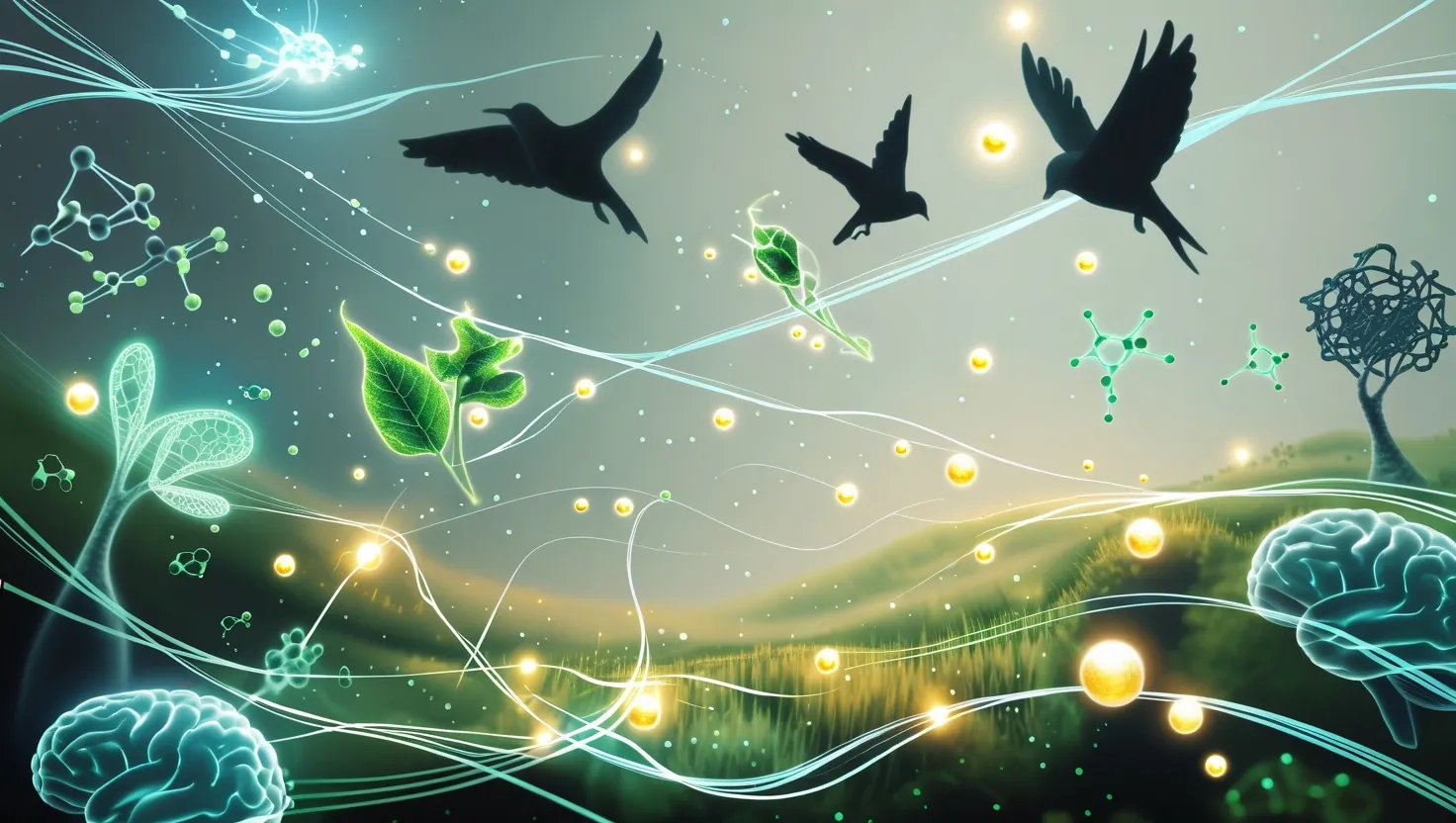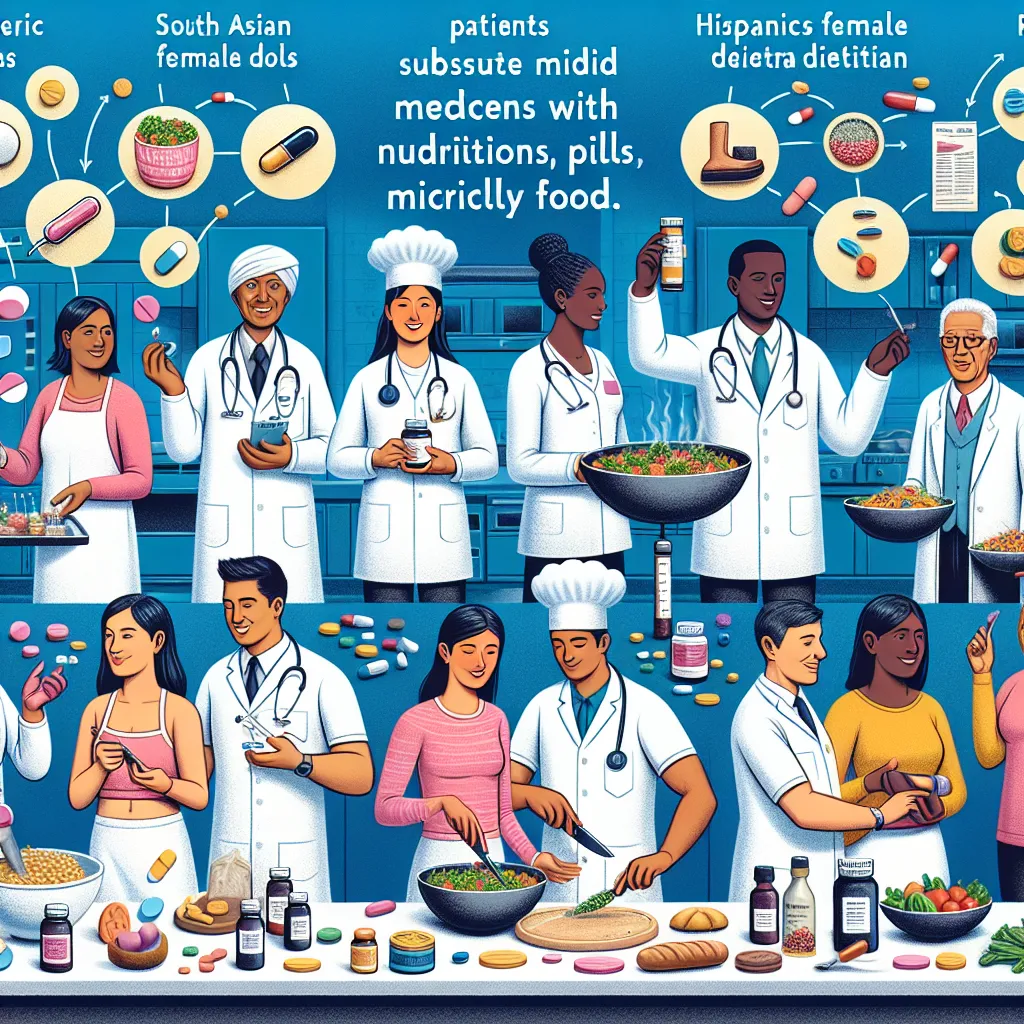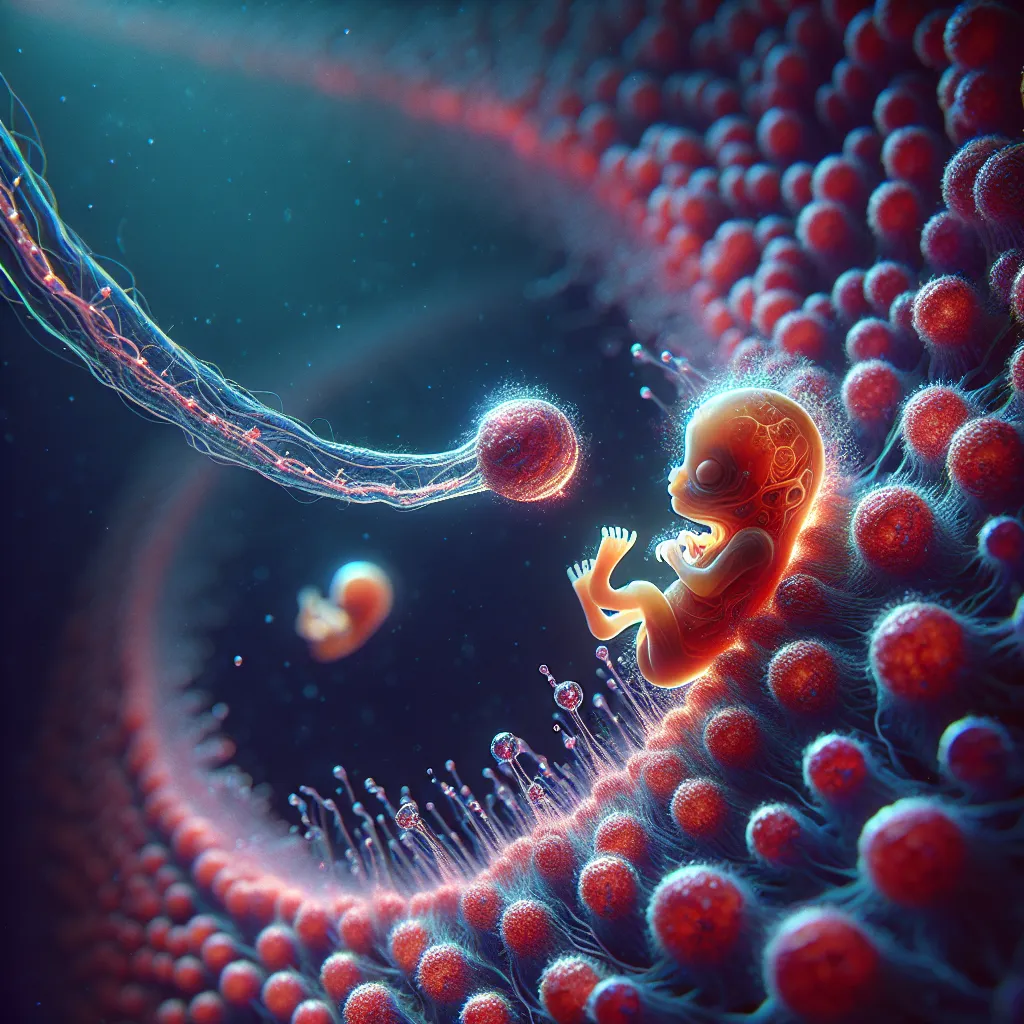Let’s begin by taking a moment to appreciate how the tiniest building blocks of our world—particles at the quantum level—might shape the lives of everything from robins to roses, from your morning coffee to your very thoughts. Quantum biology isn’t just a fascinating puzzle for physicists; it’s a field that throws down a challenge to everything we thought we understood about life itself. Sometimes, the most profound insights come from asking, “What are we really seeing?” as Richard Feynman famously remarked:
“I think I can safely say that nobody understands quantum mechanics.”
Consider the robin, a bird that embarks on journeys spanning thousands of miles every year. Traditional science would predict that such a feat comes down to instincts and environmental cues. But recent explorations hint at something much stranger: robins may use quantum entanglement to sense Earth’s magnetic field. Through special proteins called cryptochromes in their eyes, these birds might be navigating with the help of entangled electron pairs. The quantum world is notoriously fragile, especially in warm, noisy biological environments—so how do these entangled states survive long enough to be useful? The answer remains elusive.
This isn’t merely an academic exercise. If a bird can manipulate quantum information with biological materials under everyday conditions, what does that say about the limits of technology, or about the inner workings of life? I sometimes wonder, could we learn to mimic these adaptations, building more robust quantum computers or sensors inspired by evolution’s solutions?
It’s easy to assume that quantum mechanics is the domain of the ultra-cold, isolated, and lifeless. Yet, in the green machinery of photosynthetic plants, quantum phenomena may be at work right now. When sunlight strikes a leaf, the energy doesn’t wander about randomly. Instead, it seems to sample many potential routes in parallel, thanks to quantum coherence, and quickly finds the most efficient path to the chemical reaction centers. This kind of “energy search algorithm” is more sophisticated than any classical process we know. Here’s an idea to pause on: Is it possible that plants are running a kind of “biological quantum computer” every time they harvest light? The mathematics of this process, involving wave-like superpositions, enable energy transfer with an efficiency that technology still struggles to match.
What really intrigues me is the persistence of these quantum effects under normal, everyday temperatures. Physicists long believed that coherence could only survive in highly controlled laboratory settings. Yet, in these biological systems, coherence can last for hundreds of femtoseconds or longer—enough to influence real chemical outcomes. It’s as if evolution has found ways to shield and harness quantum processes, a trick we’re only beginning to understand.
Another marvel sits right beneath our noses—literally. The human sense of smell, long explained by the lock-and-key model (the idea that molecules fit into receptors like puzzle pieces), may also depend on quantum tricks. Quantum olfaction theory proposes that our noses can detect the vibrational signatures of molecules through a mechanism called electron tunneling. Instead of just fitting a shape, the receptor might “listen” for a quantum vibration, letting an electron jump across a gap if the frequency matches. Imagine that: smelling as a kind of quantum audition. Do you ever stop to wonder whether your favorite scent is, in part, a quantum performance inside your nose?
The next time you marvel at how quickly a virus assembles or how your own body digests food, consider the unseen world of enzymes. These biological catalysts can speed up reactions by factors of millions or even billions. The classical explanation attributes this to clever molecular geometry. But a growing line of research suggests that quantum tunneling plays a pivotal role here too. Protons or electrons “tunnel” through energy barriers rather than climbing over them, a bit like cheating at a hurdle race by slipping through the hurdles instead of leaping above. This leap through the impossible is a feat only possible thanks to the rules of quantum mechanics. It’s wild to think of enzymes as microscopic magicians, exploiting quantum quirks to make the impossible routine.
Amidst all this, perhaps the most speculative—and controversial—quantum biological mystery is consciousness itself. The brain is a warm, wet, highly active place. Quantum coherence is thought to be fleeting in such chaos. Yet, some theorists argue that microtubules—tiny structures within our neurons—might support quantum states long enough to influence cognitive functions. Could it be that aspects of our awareness, intuition, or creativity are shaped by quantum events? The evidence is shaky, but the question persists: Where does the mind end and the quantum world begin?
Asking these questions often leads to more questions. For example, if consciousness has quantum roots, might we one day engineer synthetic intelligence that thinks or feels at a deeper level? If birds, bacteria, and brains all draw on quantum effects, what other hidden networks might be at work in the natural world? It’s tempting to reach for easy answers or grand narratives, but in truth, the biggest lesson here is just how much we have yet to learn.
“The important thing is not to stop questioning. Curiosity has its own reason for existing.” — Albert Einstein
Quantum biology is still considered a young field, one that ventures at the intersection of physics, chemistry, and biology. Its mysteries are so new and so deep that even their implications remain foggy. Are these quantum effects extraordinary exceptions, or are they fundamental threads in the fabric of life? It’s a reminder that sometimes, science advances not by closing the book, but by daring to crack the cover of a story barely begun.
One of the most remarkable aspects I’ve noticed is the humility quantum biology forces upon us. For every experiment confirming a quantum effect in a biological system, another reveals the limits of our knowledge or offers alternative explanations. The best scientists in this field confess to being students as much as teachers. I try to keep that open-mindedness as I explore new ideas or unexpected findings.
Why should you care? Beyond satisfying curiosity, these discoveries point to a future where quantum-inspired design could revolutionize medicine, energy, computing, and perhaps even our notion of consciousness. What might the world look like if we could engineer drugs as precisely as enzymes act, or build quantum sensors that mirror a robin’s magnetic compass, or design artificial photosynthesis with plant-like efficiency? The possibilities aren’t just theoretical—they’re on drawing boards and in labs today, waiting for answers.
Every time we look closer at life’s smallest details, layers of complexity and creativity reveal themselves. The world of quantum biology invites you to ask odd questions, notice strange connections, and stay alert to surprises. After all, as Niels Bohr once remarked:
“Anyone who is not shocked by quantum theory has not understood it.”
If you find yourself bewildered, perplexed, or genuinely astonished by these quantum tales, take it as a sign you’re asking the right questions. What we see in these mysteries is not just the clash of physics and biology—it’s the beginning of a conversation that will likely shape the science of the future.
So, how will the answers to these enigmas eventually change how we view life, our minds, and even our role in the universe? That’s something none of us can say yet. But if there’s one thing quantum biology proves, it’s that nature is cleverer than we imagine—and perhaps cleverer than we can imagine. Are you ready to see what happens when the smallest things teach the biggest lessons?






